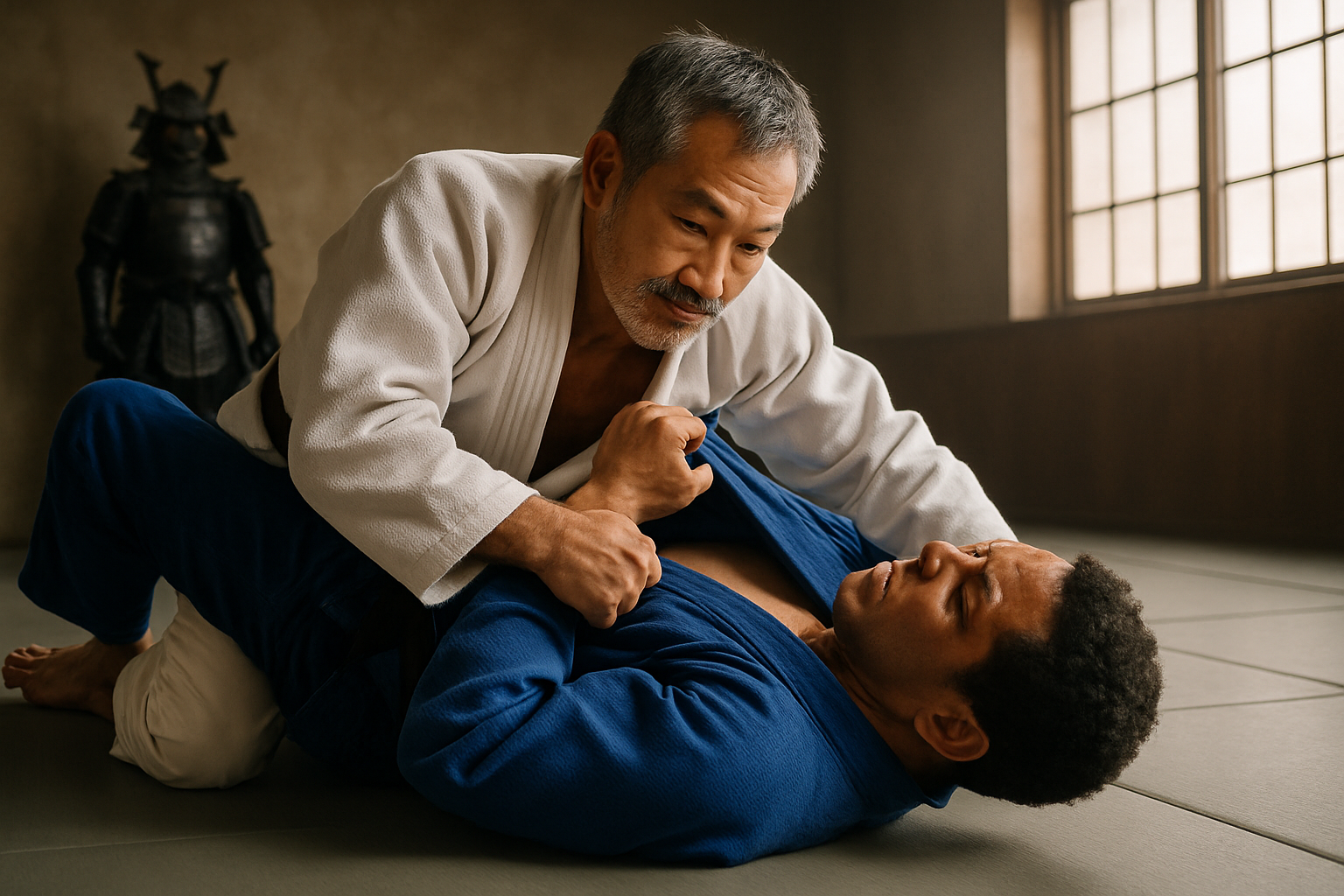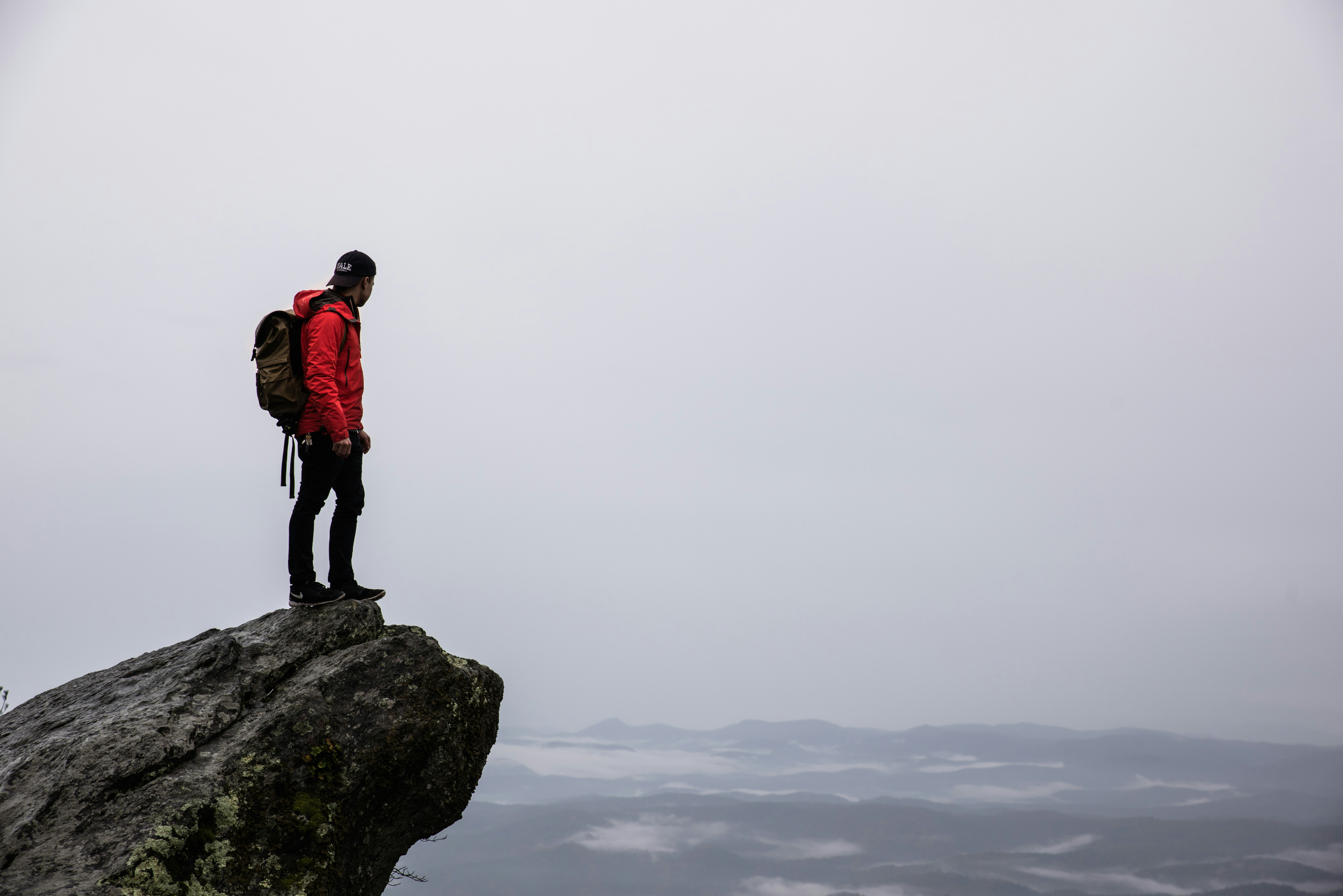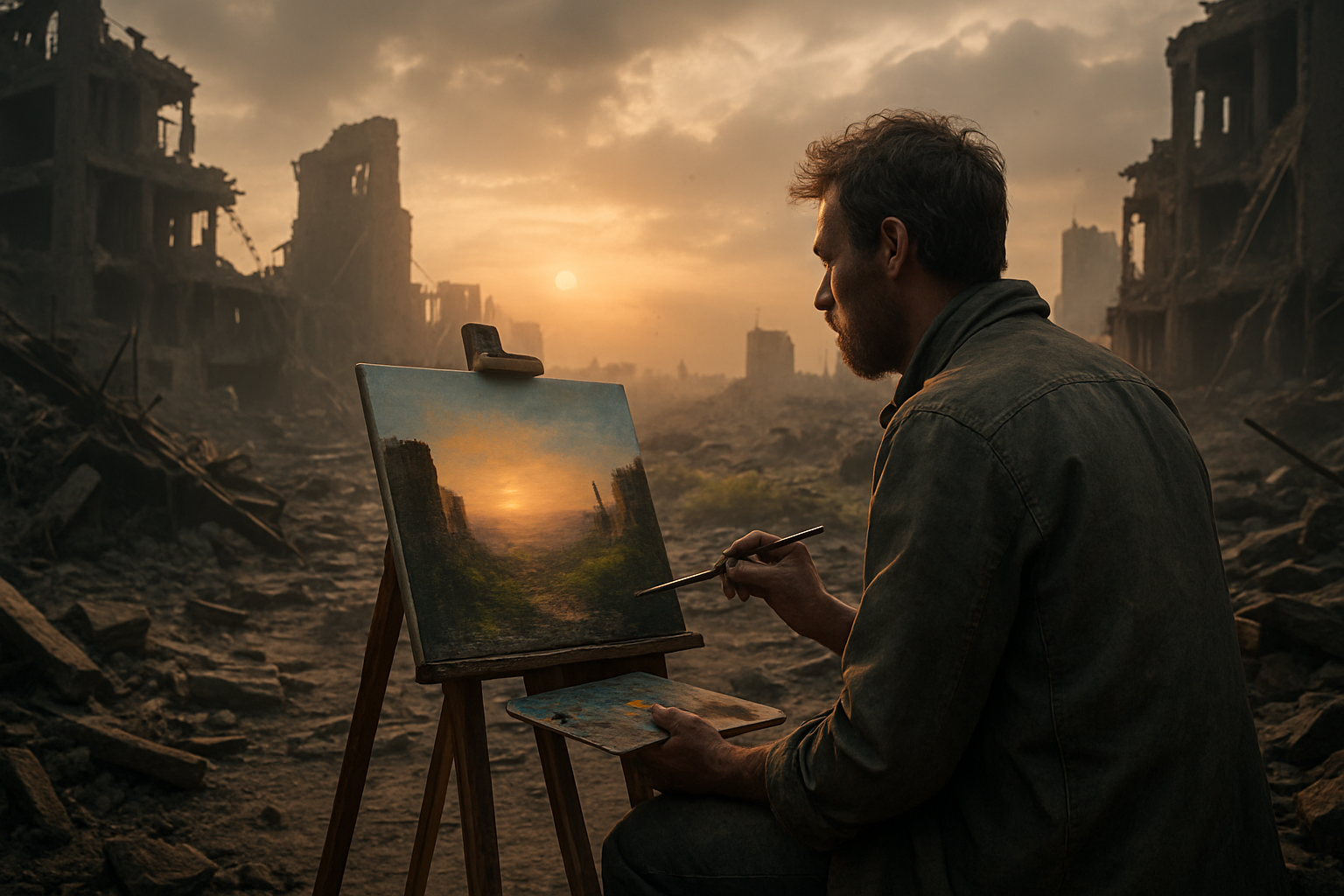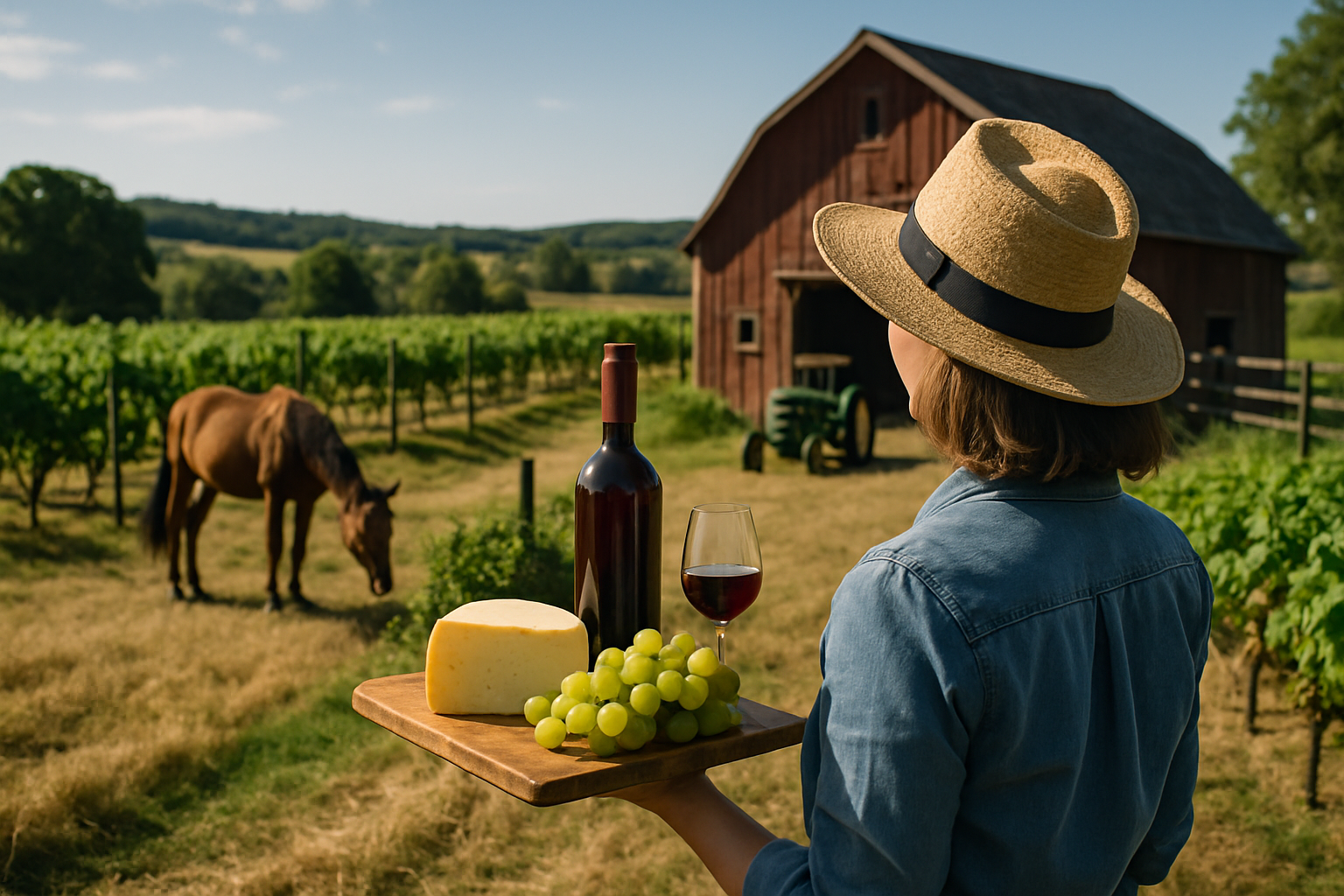Jiu-Jitsu: The Gentle Art’s Journey from Feudal Japan to Global Phenomenon
We begin our exploration in the historic land of the Samurai, Japan. Jiu-Jitsu, also known as the "gentle art," originated in the feudal era, where Samurai warriors employed its techniques for combat. The martial art was not about brute strength but focused on the intelligent use of force. It was about using an opponent's energy against them—a philosophy that resonates in modern Jiu-Jitsu.

The Evolution: Judo and the Olympic Platform
The Meiji Restoration in the 19th century brought a significant shift in Japan’s societal structure, affecting Jiu-Jitsu’s trajectory. As the need for battlefield combat dwindled, Jigoro Kano, a well-educated man with a passion for Jiu-Jitsu, reshaped the martial art into Judo. Kano’s Kodokan Judo, emphasizing physical education, moral character, and competition, became a part of the Olympic Games in 1964, granting Japanese martial arts a global platform.
Jiu-Jitsu Travels to Brazil: The Gracie Family and the Birth of BJJ
In the early 20th century, Mitsuyo Maeda, a Kodokan Judo master, migrated to Brazil. There he met Gastão Gracie, and as a token of gratitude for Gracie’s help, Maeda taught his sons Carlos and Hélio the art of Judo. The Gracie brothers modified these techniques to suit their physical stature, emphasizing ground fighting and submissions, leading to the birth of Brazilian Jiu-Jitsu (BJJ).
The Rise of BJJ: Ultimate Fighting Championship and Beyond
Brazilian Jiu-Jitsu gained international recognition when the Gracie family introduced the Ultimate Fighting Championship (UFC) in the 1990s. Showcasing BJJ’s effectiveness, Royce Gracie, a relatively small man, triumphed over larger, stronger opponents. This event marked a turning point, sparking a surge of interest in BJJ worldwide.
The Impact of BJJ: Self-Defense, Health, and Teamwork
The popularity of BJJ today extends beyond its effectiveness in combat. It is also lauded for its benefits in self-defense, especially for women and children. Furthermore, BJJ promotes physical fitness and mental resilience. It encourages problem-solving, persistence, and humility. The sport fosters a strong sense of community and teamwork, as learning and growth in BJJ are often facilitated through cooperative training.
In conclusion, the journey of Jiu-Jitsu from feudal Japan to the global stage is a testament to the art’s adaptability and enduring relevance. As we’ve seen, Jiu-Jitsu has evolved and morphed, from a Samurai’s battlefield tool to a sport that enhances life on multiple levels. The future holds exciting possibilities for this “gentle art.”





